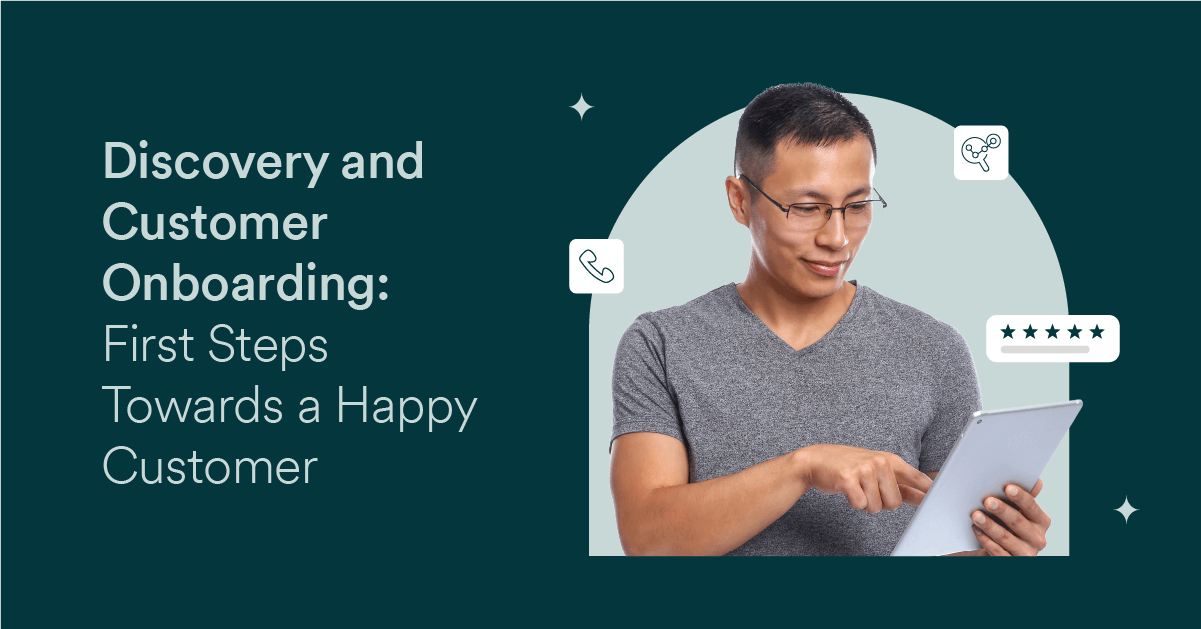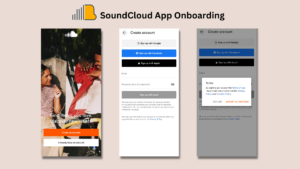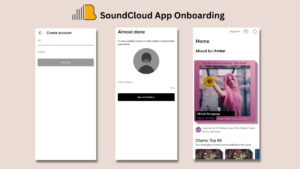Discovery and Customer Onboarding: First Steps Towards a Happy Customer
Think of a brand or product, or app that makes you happy. So happy that you would gladly use it again and again and also recommend it to others? Was it the product itself or the accompanying experiences like customer onboarding? Or both? Now turn it around, consider your customer base, and assess whether you have been giving your customers a similar experience.

Think of a brand or product, or app that makes you happy. So happy that you would gladly use it again and again and also recommend it to others?
Can you think why that brand/product/app makes you happy?
Was it the product itself or the accompanying experiences like customer onboarding? Or both? Now turn it around, consider your customer base, and assess whether you have been giving your customers a similar experience.
Making a customer happy is challenging, but we’re here to help you identify and engage better with those on the happy path to becoming your loyal customers and advocates of your brand.
So let’s dive right in.
The 7 Stages of the Happy Path in Customer Lifecycle
In this series, we will walk you through the journey path of a happy customer. It marks the stages in a customer’s life, from discovering a new product/app to becoming a repeat customer until they qualify as loyal customers and eventually advocate for your brand.
There are 7 life stages in a happy customer’s journey:
 1. Discovery
1. Discovery
This is when the customer discovers a product or service that fulfills a certain need of theirs such as food delivery, hotel booking or booking a cab.
The customer may have discovered the product/app/platform through various sources such as:
- Ads on traditional, digital, and social media
- Through organic mentions or reviews by other users on social media apps, blog posts, vlogs, etc.
- Word-of-mouth publicity through friends, family, colleagues, and acquaintances
Here, target potential customers and draw them to the product using relevant content about the product and emphasizing the value it offers. Keep the communication simple. Avoid details about advanced features. That can come later.
“During discovery (stage) focus on making an impression on your customers to drive them towards your destination (your product website or app) where they can know more about your product,” says Sagar Patil, a growth consultant, who has worked with retention marketing, CRM and product teams at brands like Flipkart and Jumia (UAE). He is also the Course Director for CELP – Customer Engagement Leadership Program – the flagship customer engagement course of hashgrowth.org.
2. Customer Onboarding: Getting That First Impression Right
Customer Onboarding is all about making that big first impression. Here, your customer gets to experience your product and the value offered by it for the first time. This experience can be a deal-maker (retention, long-term relationship) or deal-breaker (never try to use the product again), depending on the onboarding flow designed.
At this stage, help the customer become familiar with the product by giving details about the functioning of the product, its usage, and its many benefits. Overwhelming customers with a lot of product-related information such as add-on features can be confusing and off-putting. Identify the most viewed or used features and display details about them during the onboarding process.
A good onboarding flow should convince the customer to commit themselves to the product or app.
Convincing The Customer
What does this commitment look like? Well, that is unique to each product.
It can be in the form of a good registration flow or experience for freemium products. Here you allow the customer restricted access to a few app/product features which then convinces them to purchase a subscription. Apps that fall into this category include music or video streaming platforms (SoundCloud, Gaana, Spotify, Netflix, Prime Video), online news outlets (Indian Express, Business Standard, The Economist, The Caravan Magazine) audiobook platforms (Audible), etc.
These apps hook the customers by showcasing some of their best features during the onboarding stage. They also demonstrate the ease and convenience of using the app so that the customer commits to a long-term subscription.

The SoundCloud onboarding process is one such example of a smooth onboarding flow. On downloading the app, at first glance you know the value proposition it offers – helping you discover new music. From there, the app has a seamless, pleasing-to-the-eye interface asking you to sign up with mail which opens the disclaimer tab.

The app does request information other than your age and gender so that it can personalize content and music recommendations. After that, choose a display name and picture, and you are ready to explore the app!
In case of India-based music apps such as Gaana, customers are also asked to choose their preferred language or languages to customize music recommendations further.
Balancing Customer Experience And Customer Convenience
It is critical to strike the right balance between a good customer experience and the utility of the information requested here. Ask enough questions, so you are able to profile the customer based on likes, dislikes, and preferences without being too intrusive.
Customer convenience is of utmost importance here. Requesting information that may seem irrelevant during the onboarding process could make customers uncomfortable.
In the above SoundCloud example, asking for gender and age along with language preferences is fine but asking them to part with personal information like address and bank account details would be deemed unnecessary.
Using Registration to Familiarize Customers with App Features
Another form of onboarding is to customers familiar with the app by helping them set up their wallet, complete their KYC registration or walk them through the various app features. Examples include crypto apps (CoinDCX, WazirX), financial services apps (Scripbox), fitness apps (Cult.fit, Fitbit), etc. These apps require you to register, and also pay for their services before the customer can derive value from them.
For instance, crypto apps like CoinDCX Pro requires the customer to complete the KYC verification process before it even lets you add money to the e-wallet. KYC process includes taking a selfie and providing both an address and identity proof document scans. The KYC takes some time to get approved.
Once the approval is received, add the CoinDCX bank account as a ‘beneficiary’ to your online banking account to transfer money to the e-wallet. After this, you can start trading. The app is well supported by an offline team that reaches out to help customers to start trading.
Financial platforms that require personal information are always viewed with a little suspicion. Any pain points during the onboarding processes can seriously harm the prospects and the credibility of such platforms.
The next stage is Activation. You can read about it here.